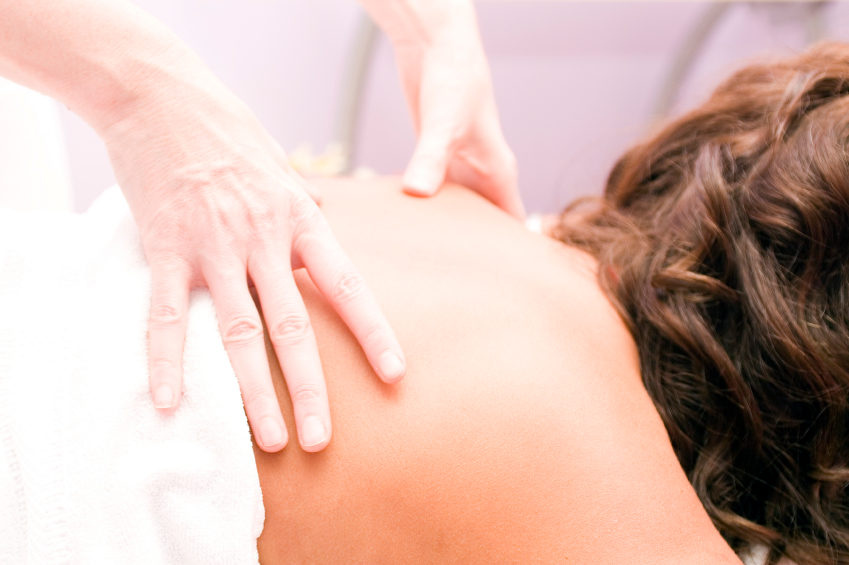Concussions in kids and the ability of parents to recognize the signs
Watch any sports highlight reel or open the sports page of your local newspaper and you’ll find another athlete who has suffered a concussion. Concussion is a common head injury that can occur in most contact sports and/or activity with a higher occurrence of taking a spill such as; downhill skiing and/or skating.
Concussions in children and young athletes have become a growing concern not only for parents; but for coaches, trainers and healthcare providers alike. According to the 3rd International Symposium on Concussion in Sport held in November 2008, a concussion is defined as a “complex pathophysiological process affecting the brain, induced by traumatic biomechanical forces”. Simply put, a concussion is a head injury caused by a force that is transmitted to the head. Imagine a small sponge sitting in a bucket of water (brain within the skull). Under normal circumstances the sponge is able to move freely within the bucket of water. However, a force to the bucket can cause the sponge to make contact with the borders of the bucket, causing damage to the sponge/brain.
Perhaps the two biggest misconceptions when it comes to recognizing a concussion is firstly, the issue surrounding loss of consciousness and secondly, the idea that you must be hit in the head for a concussion to occur. Loss of consciousness is only one of the many possible signs and symptoms of a concussion. If your child does not lose consciousness, he or she may still have suffered a concussion; although the force did not directly impact the head. Recall our sponge and bucket analogy, a hit to the body can cause enough force to be transmitted to the head, causing a concussion. Understanding what a concussion is and recognizing the signs and symptoms early is imperative in the management of your concussed child. Studies show that recognizing even minor concussions and taking the proper steps before allowing your child to return to play are very important; as the likelihood that your child experiences a subsequent concussion is increased and the symptoms experienced in the second concussion may be more severe and take an extended period of time to recover.
What do I do if my child suffers a concussion?
If your child suffers a concussion or you suspect that he or she may have suffered a concussion, they should stop playing immediately, kept under constant surveillance and taken for an evaluation as soon as possible. If the child has lost consciousness, do not move the child, as they should be taken to the hospital by ambulance.
How long will it take for my child to recover?
The majority of concussion will resolve in 7-10days. However, it may take weeks or months to resolve, especially if this is not their first occurrence.
How is a concussion treated?
Rest! Activity, exercise and even school can aggravate symptoms. Your child can slowly return to school as symptoms subside. Completing a half day of school may be required before attending school full time.
When can my child return to sport?
Return to sport or activity must follow a stepwise approach: No activity. Rest. Once cleared by doctor he or she may progress to step 2.
Light exercise such as walking or stationary cycling for 10-15min. Sport specific activity (ie running in soccer) for 20-30min.
“On field” practice with contact Game play
Each step must last for a least one day. If any symptoms return, that step must be stopped, take 24hr to rest and then see your doctor before starting the stepwise protocol again.
What are the signs and symptoms of a concussion?
Symptoms of concussion are not merely physical. Parents must be attentive to the emotional and cognitive changes as well.
Physical Symptoms
Headache Dizziness Nausea Tinnitus (ear ringing) Feeling dazed or unsteady
Physical Signs
Loss of consciousness Poor coordination Easily distracted Vomiting
Slow responses Personality changes
Cognitive Symptoms
Confusion Amnesia Disorientation Poor concentration
Emotional Symptoms
Depression Irritability Moodiness
Although concussions are not fully preventable, we can try to limit the severity and occurrences of concussion by wearing proper equipment (i.e. helmets), diagnosing the injury properly and by making sure the athlete does not return to sport too soon.
For further information on the prevention of brain and spinal cord injuries in children please visit www.thinkfirst.ca.


About The Author: Activehealthinstitute_8uxcp6
More posts by activehealthinstitute_8uxcp6